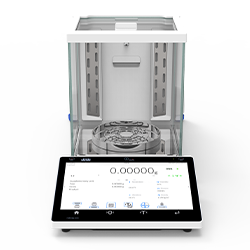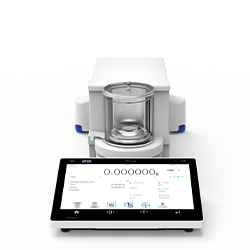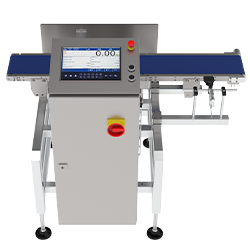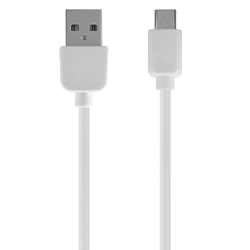El conjunto está encerrado en una cámara sellada que protege contra el polvo y otros contaminantes.El sistema de aire acondicionado y humidificación garantiza condiciones climáticas constantes en la cámara, lo que garantiza un acondicionamiento adecuado de los filtros. El monitoreo de las condiciones ambientales controla las condiciones actuales en la cámara, le permite guardar e informar estos datos.
Principales beneficios:
- Cumplimiento de EN 12341: 2014
- Ahorre tiempo en comparación con el procedimiento de pesaje manual.
- Eliminación del factor humano como motivo de ocurrencia de errores de medición.
- Gestión de procesos gracias al software RMCS Filter
- Registro automático de datos, la capacidad de crear informes y estadísticas.
- Filtrar codificación e identificación gracias al sistema de código QR
- Eliminación de la influencia de la electrostática en la medición
- La estanqueidad de la cámara del robot y la cámara de pesaje del filtro.
- Sistema de aire acondicionado, filtro HEPA
- Aumento de la presión en la cámara que bloquea la entrada de suciedad.
- Almacen de referencia de seis posiciones para almacenar estándares de masa y filtros de referencia.
- Un robot con una pinza que permite el transporte de filtros entre el almacén y la microbalanza.Se mueve en tres ejes X, Y, Z.
- Microbalanza con proteccion de corta aires .
- Sistema de ionización
- El sistema de aire acondicionado junto con el filtro HEPA purificar el aire tomado de los alrededores a la cámara del robot.
- Monitoreo de las condiciones ambientales, principalmente temperatura, humedad y presión.
- Indicador de pesaje utilizado para gestionar el funcionamiento del dispositivo.
- Un lector de códigos QR integrado en el dispositivo.
- Impresora de códigos QR.
- Una PC con software de filtro RMCS que gestiona todo el dispositivo.
- Sistemas de control y regulación.
- Unidad de aire acondicionado exterior.











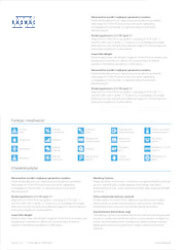
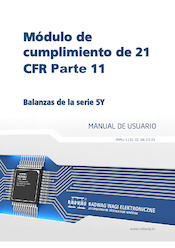
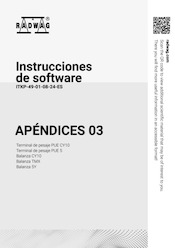
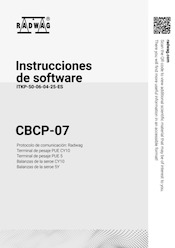
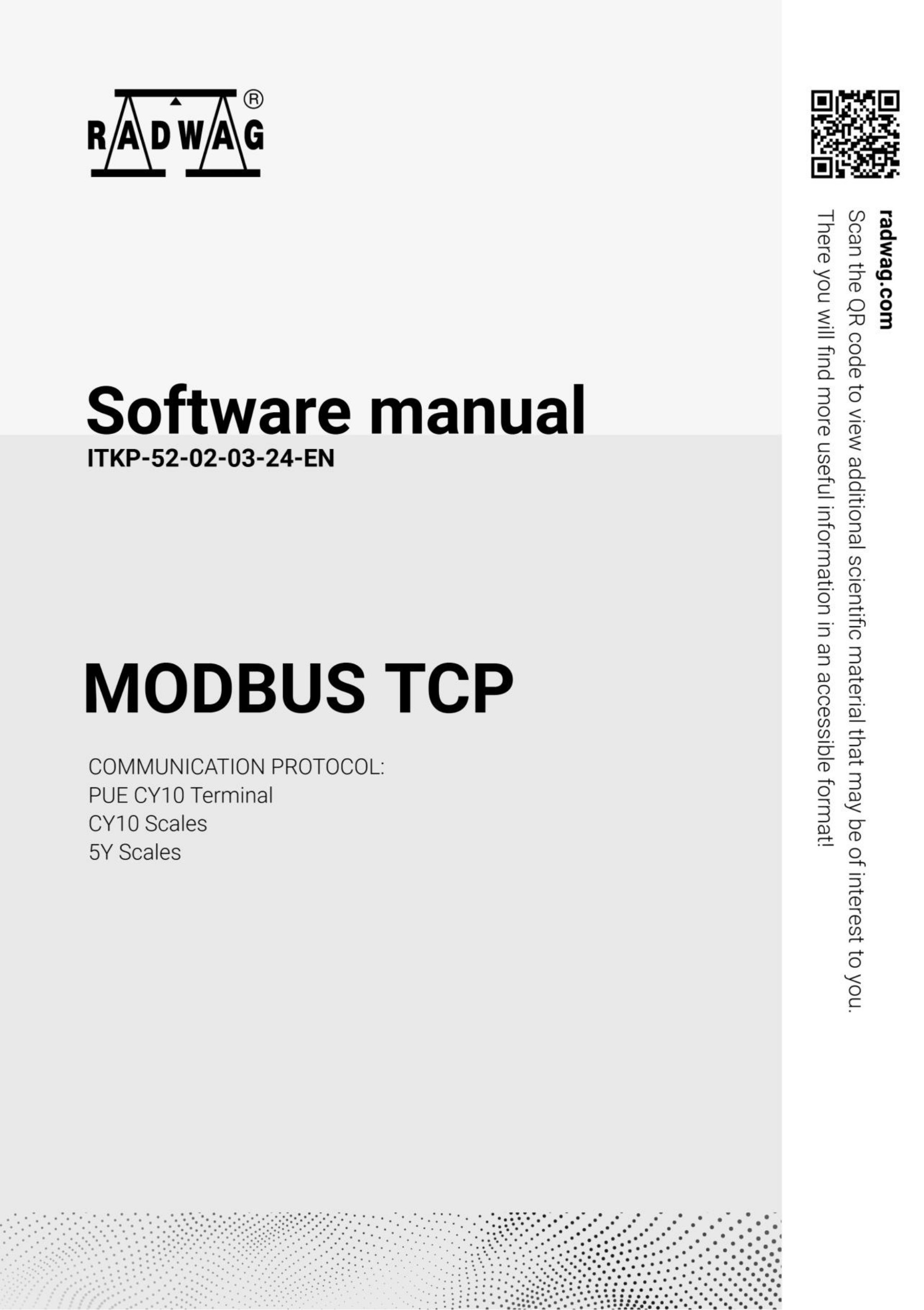
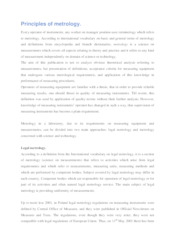
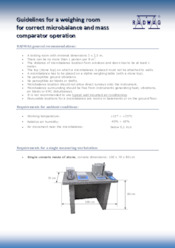
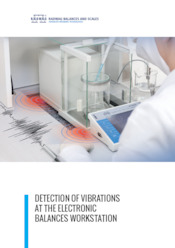

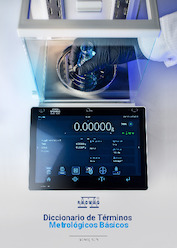
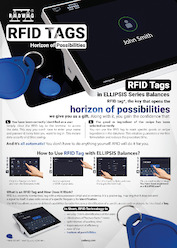
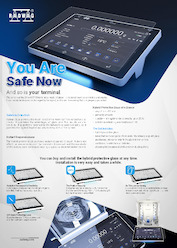
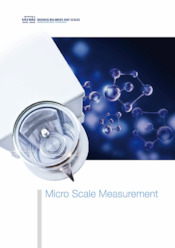


 Albanian
Albanian Danish
Danish Nederlandse
Nederlandse Estonian
Estonian Finnish
Finnish Hungarian
Hungarian Icelandic
Icelandic Kazakh
Kazakh Latvian
Latvian Lithuanian
Lithuanian Macedonian
Macedonian Norwegian
Norwegian Portuguese
Portuguese Romanian
Romanian Russian
Russian Slovak
Slovak Slovenian
Slovenian Swedish
Swedish Ukrainian
Ukrainian Serbian
Serbian Montenegrin
Montenegrin Português (Brasil)
Português (Brasil) Deutsch
Deutsch English
English Français
Français Italiano
Italiano Japanese (日本語)
Japanese (日本語) Polski
Polski Türkiye
Türkiye Česky
Česky USA
USA 中文
中文
















